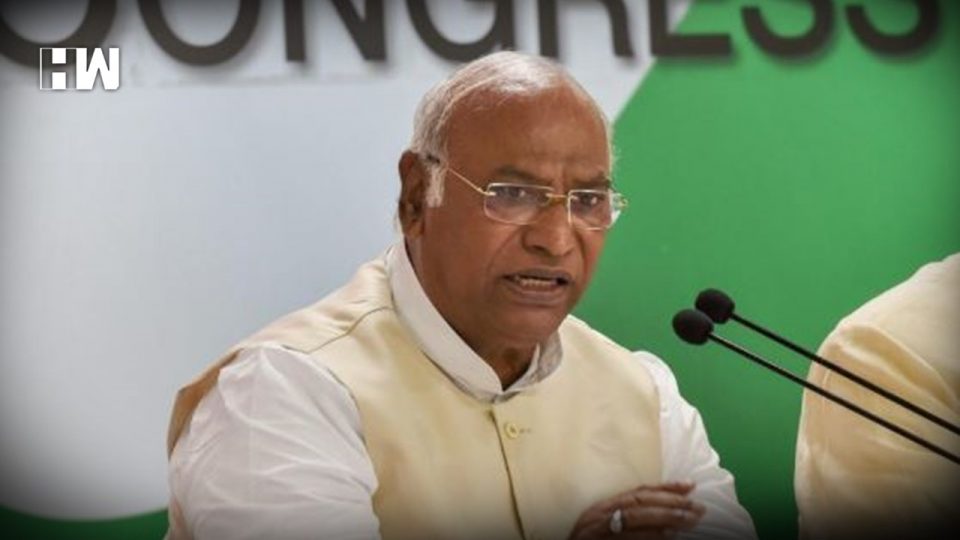Russia, US and China are the other countries who have been developing hypersonic test vehicles so far. If hypersonic cruise missile is developed, it can defeat any Chinese defensive system, scientists said.
Hypersonic Technology Demonstration Vehicle or HSTDV, which can be used for futuristic missile system and aircraft, was tested successfully for the first time today from the coast of Odisha. Russia, US and China are the other countries who have been developing hypersonic test vehicles so far. If hypersonic cruise missile is developed, it can defeat any Chinese defensive system, scientists said.
Defence Research and development organization (DRDO), which conducted the test, called it a “historic mission”, which was “a giant leap in indigenous defence technologies and significant milestone” towards a Self-Reliant and Empowered India.
DRDO said that with this mission, it has “demonstrated capabilities for highly complex technology that will serve as the building block for NextGen Hypersonic vehicles in partnership with industry”.
Defence minister Rajnath Singh tweeted a video of the launch, also congratulating the scientists.
Termed Mach 1, Hypersonic technology deals with movement at least five times the speed of sound.
In conditions of 20 degrees Celsius at sea level, the Hypersonic speed is generally accepted to be Mach 5, or 3,836.35 miles per hour.
DRDO said the Indian hypersonic test vehicle flies six times the speed of sound.
DRDO, in it’s media statement, said: “With this successful demonstration, many critical technologies such as aerodynamic configuration for Hypersonic manoeuvers, use of scramjet propulsion for ignition and sustained combustion at hypersonic flow, thermo-structural characterisation of high temperature materials, separation mechanism at hypersonic velocities etc”
As an independent media platform, we do not take advertisements from governments and corporate houses. It is you, our readers, who have supported us on our journey to do honest and unbiased journalism. Please contribute, so that we can continue to do the same in future.

